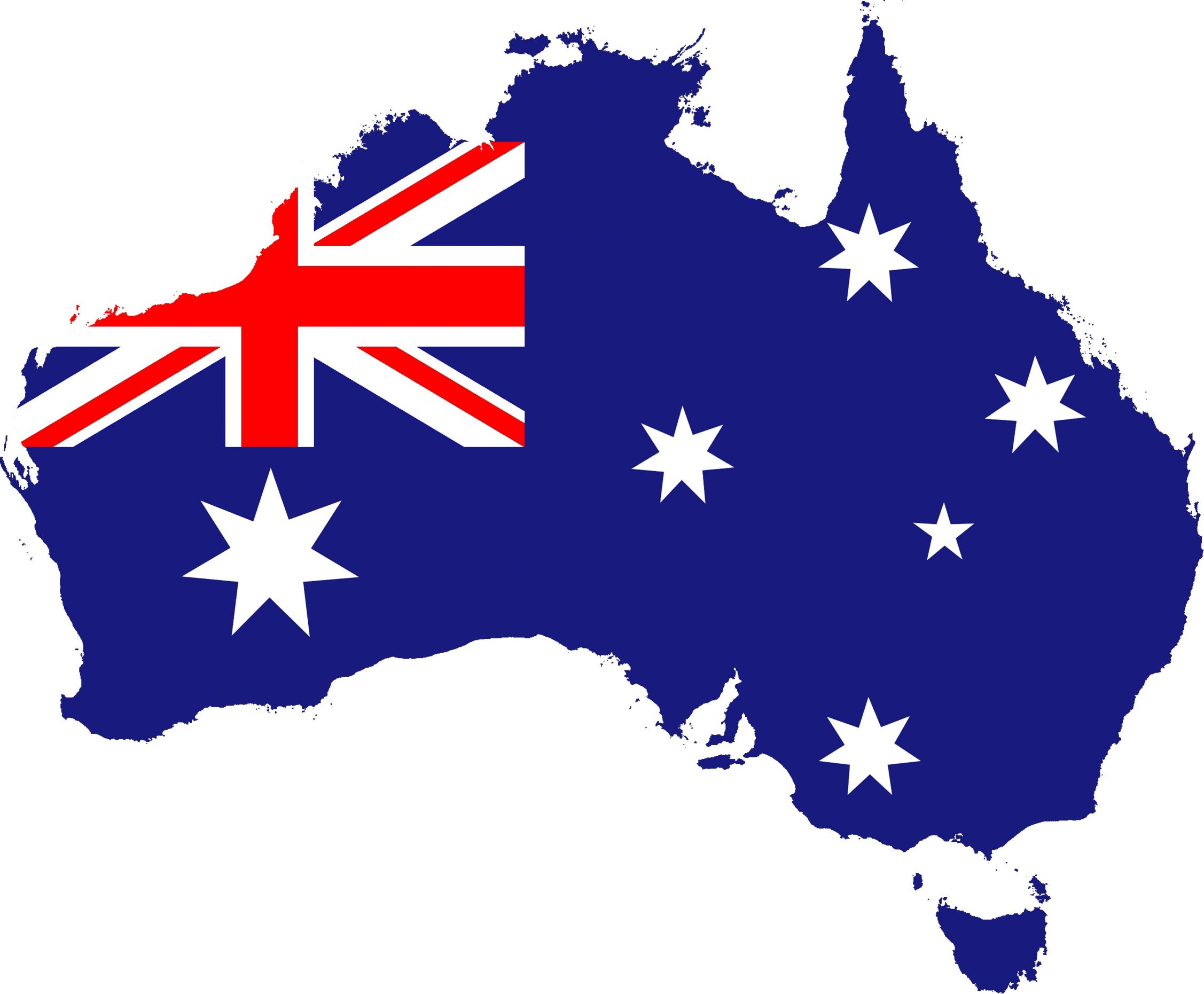The most important sector of public health is the prevention of diseases, and a large part of prevention is receiving the necessary care to see the signs. However, systems vary vastly from country to country. Let’s compare the difference between the United States Healthcare system and a country on the other side of the world, Australia.
Australia’s public health system began back in 1973, with the establishment of a strict free health care service limited to retired persons. The Medicare system was changed in 1984, making it the current healthcare system that Australia has now. All of its citizens are automatically enrolled in this system. The government has three levels in charge of health insurance. The federal government provides the money and indirect support of in and outpatient care. They are also in charge of regulating private health insurance, pharmaceuticals, and therapeutic goods. The state-level manages and owns the public hospitals, ambulances, general dental care, community health, and mental health care. The state is in charge of regulating private hospitals, the location of pharmacies, and the healthcare workforce. Local governments deliver preventative health programs and community health, including immunizations and the regulation of food standards.
The United States system of healthcare has much different coverage. The United States, at the moment, does not have universal health coverage. The first public health insurance was introduced in 1965, known as Medicare and Medicaid, enacted through the Social Security Act. Medicare is the universal right to health care for anyone age 65 or over and was expanded to long-term disabilities or those with renal end-stage disease. The Medicaid program gave states the option to receive federal matching funding to provide health care services to low-income families, the blind, and individuals with disabilities. The program was later progressed to low-income women and infants and eventually to children up to 18. The eligibility to be enrolled in Medicaid varies from state to state, and they need to re-enroll every year. The United States has an extension of Medicaid or a separate program to include children, known as the Children’s Health Insurance Program.
This process of having so many different programs to provide for so many diverse populations is a weakness. The typical person may not have the ability to go through each plan to realize which one works for them. Unlike Australia, which automatically enrolls all its citizens due to the universal healthcare portion, the United States has many programs with varying requirements. If we focus specifically on child healthcare, the CHIP program is an extension of the Medicaid program or a separate program.
Both countries are trying to reduce disparities in the population in different ways. A majority of disparities are mainly related to income and race but have reduced between 2000 and 2016. In the United States, federal offices are in charge of ensuring that these groups receive quality care. The Health Resources and Services Administration provides funding to organizations and state/local governments who are low-income, uninsured, or vulnerable. The Indian Health Services gives 2.6 million American Indians that help with their health insurance. In Australia, the most prominent disparity between the aboriginal and Torres Strait Islander and life expectancy differs vastly from the rest of the Australian population. This is not on track, and the country has issues with reaching the rural and urban centers. The federal government provides financial incentives to practitioners to reach these underprivileged communities.

Currently, both countries have a set system of providing electronic health records. For example, in the US, 96% of hospitals and 86% of office physicians have adopted an electronic health record. Some of the programs can track patient demographics, list medications, store medical notes, and track medications, tests, and imaging results. The US has also passed an act in 2016 that required all health care providers to make electronic copies of patient records and be available to the patient, per request, in machine-readable forms. The electronic system of health records is known as the Australian Digital Health Agency, with its citizens being allowed to opt-out of the service. This service supports prescriptions, medical notes, any referrals, and also imaging results. The system also allows patients to view and control who sees their medical record with also allowing the ability to add allergy information, adverse reactions, and health care wishes should the patient not be able to communicate.
References
2018 National Healthcare Quality and Disparities Report. (n.d.). Retrieved February 12, 2021, from https://www.ahrq.gov/research/findings/nhqrdr/nhqdr18/index.html
Aged Care in Australia. (2015). Retrieved February 11, 2021, from http://www.aihw.gov.au/aged-care/residential-and-community-2011-12/aged-care-in-australia/
Closing the gap – Prime Minister’s Report 2018. (n.d.). Retrieved February 12, 2021, from https://www.pmc.gov.au/sites/default/files/reports/closing-the-gap-2018/sites/default/files/ctg-report-20183872.pdf?a=1
Curtis, J., & Lang, H. (2018, July). Hospital Commenefit Dashboard Report [PDF]. Community Catalyst.
Marco.gandi2. (2021, January 28). My health record statistics. Retrieved February 12, 2021, from https://www.myhealthrecord.gov.au/statistics
Non-federal acute care Hospital electronic health record adoption. (n.d.). Retrieved February 12, 2021, from https://dashboard.healthit.gov/quickstats/pages/FIG-Hospital-EHR-Adoption.php
Tikkanen, R. (2020, June 05). Australia. Retrieved February 12, 2021, from https://www.commonwealthfund.org/international-health-policy-center/countries/australia
Tikkanen, R. (2020, June 05). United States. Retrieved February 12, 2021, from https://www.commonwealthfund.org/international-health-policy-center/countries/united-states


There are no comments yet...Kick things off by filling out the form below.